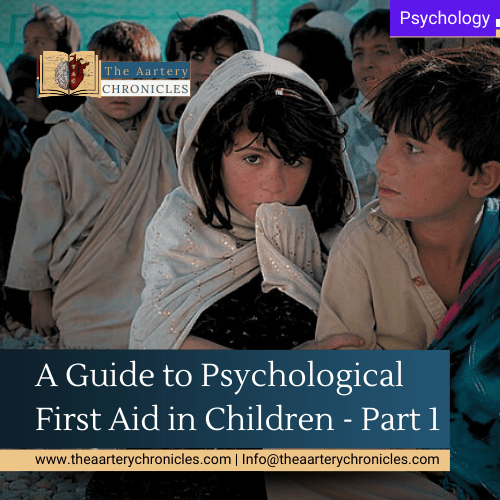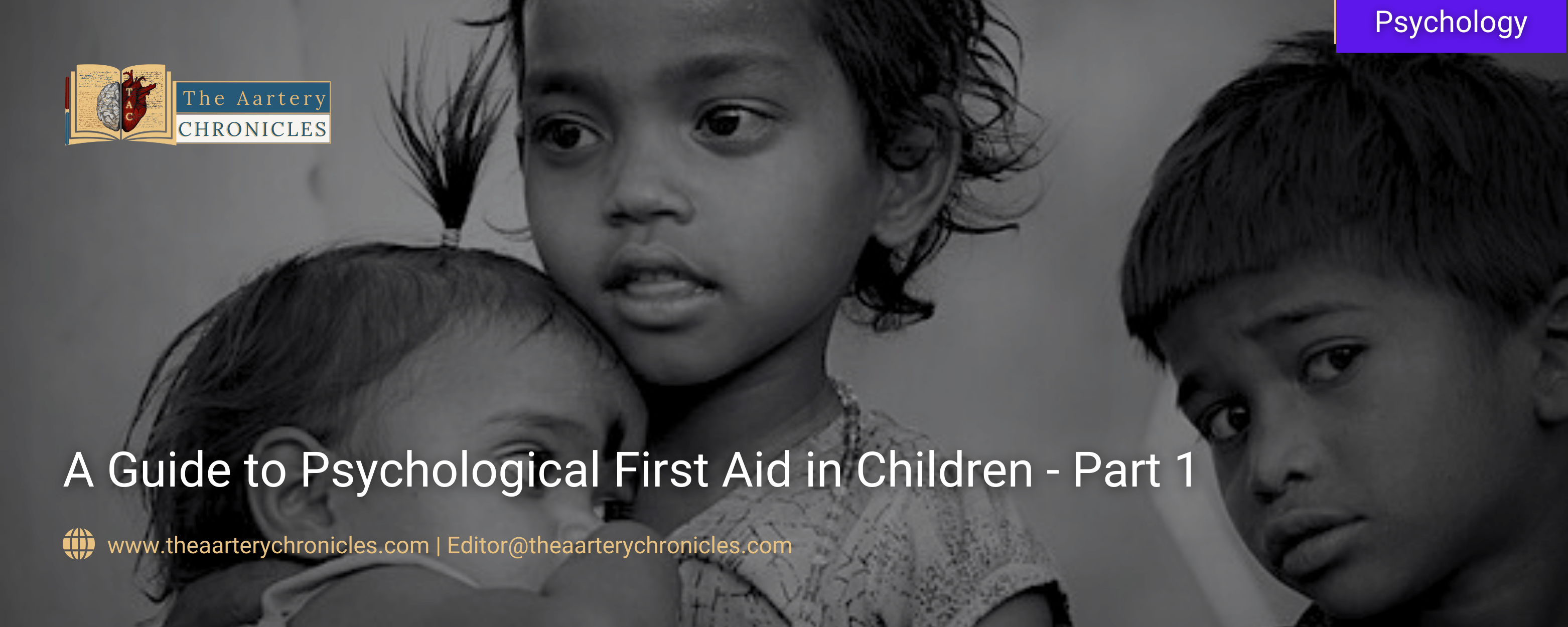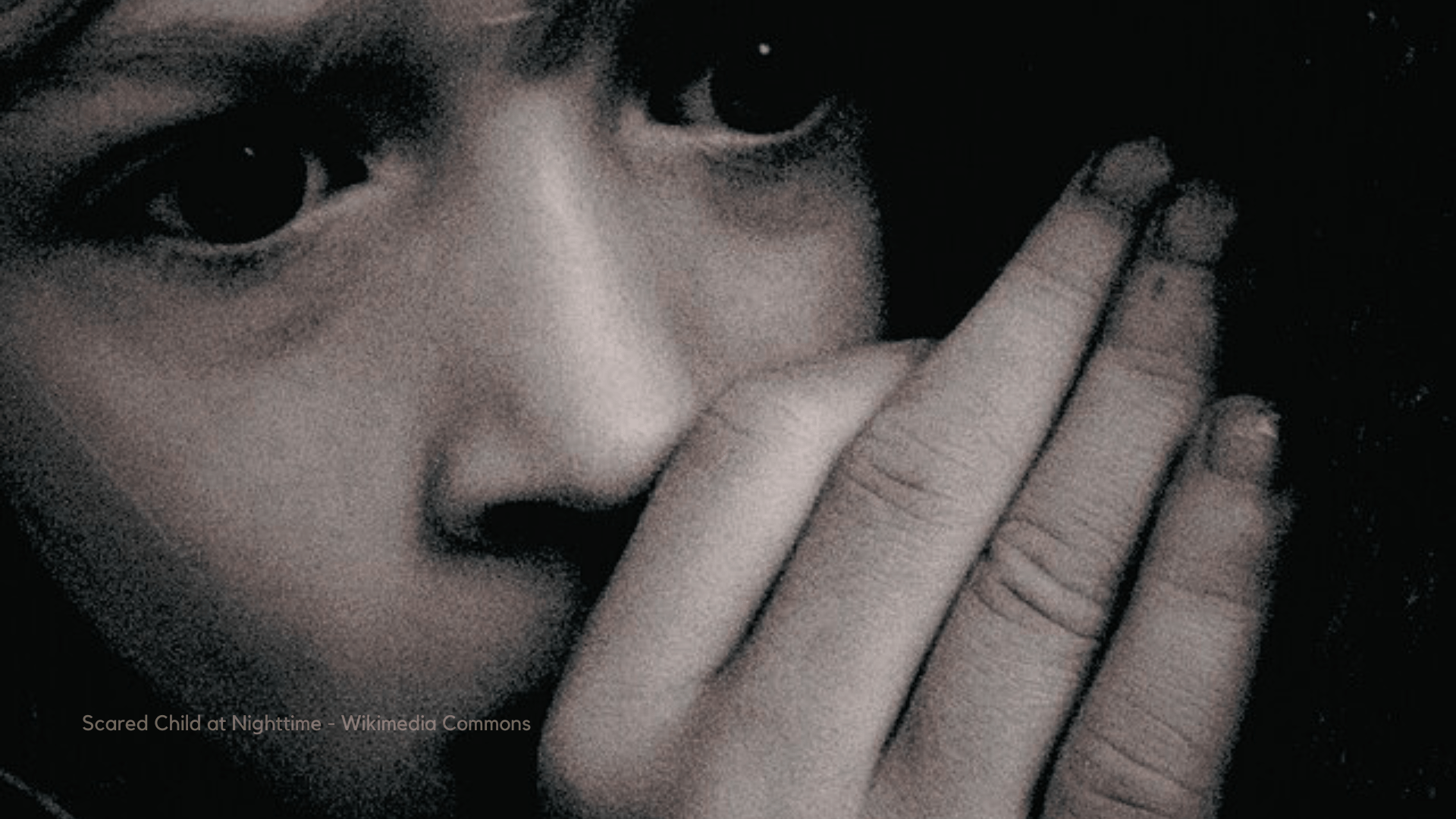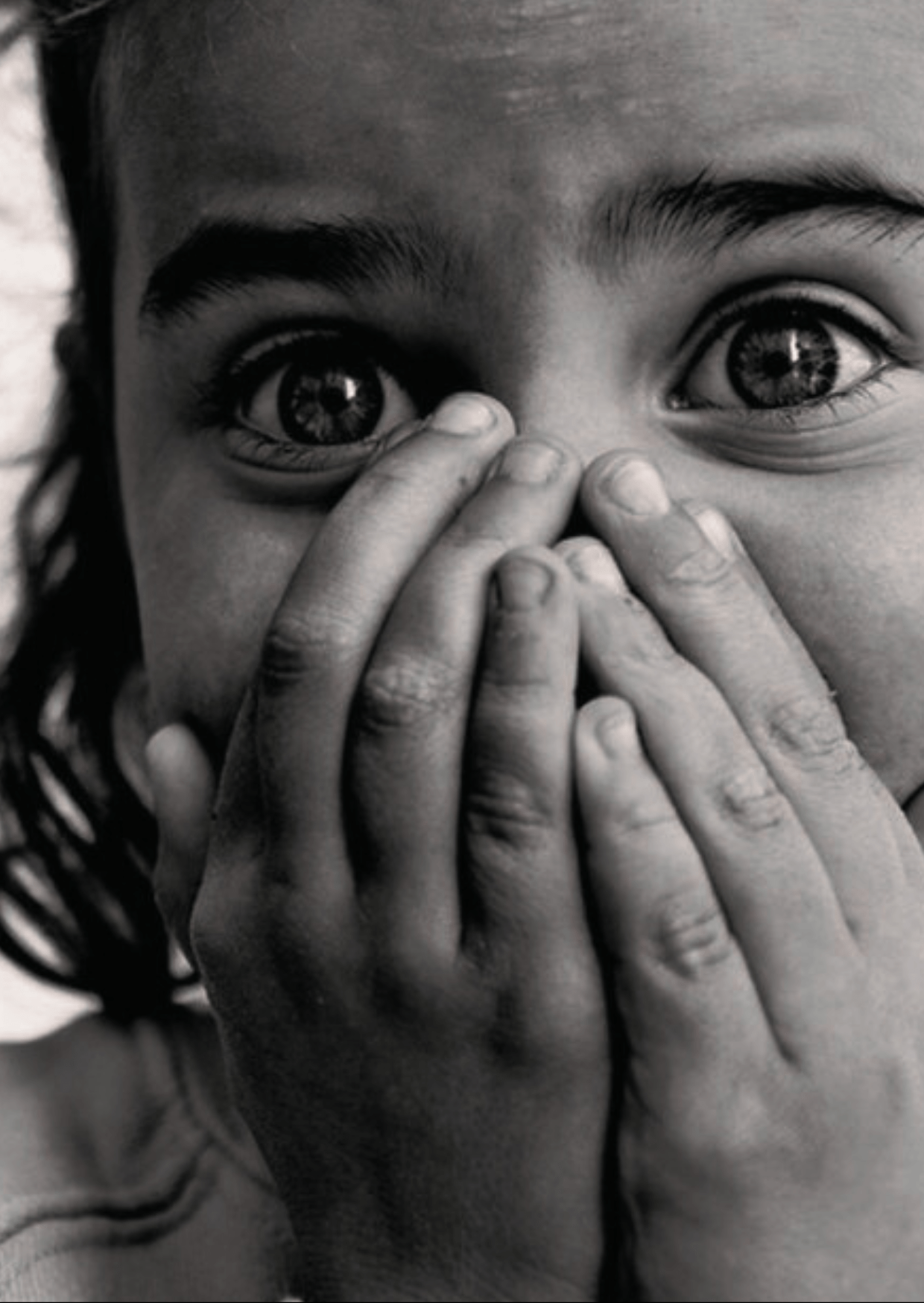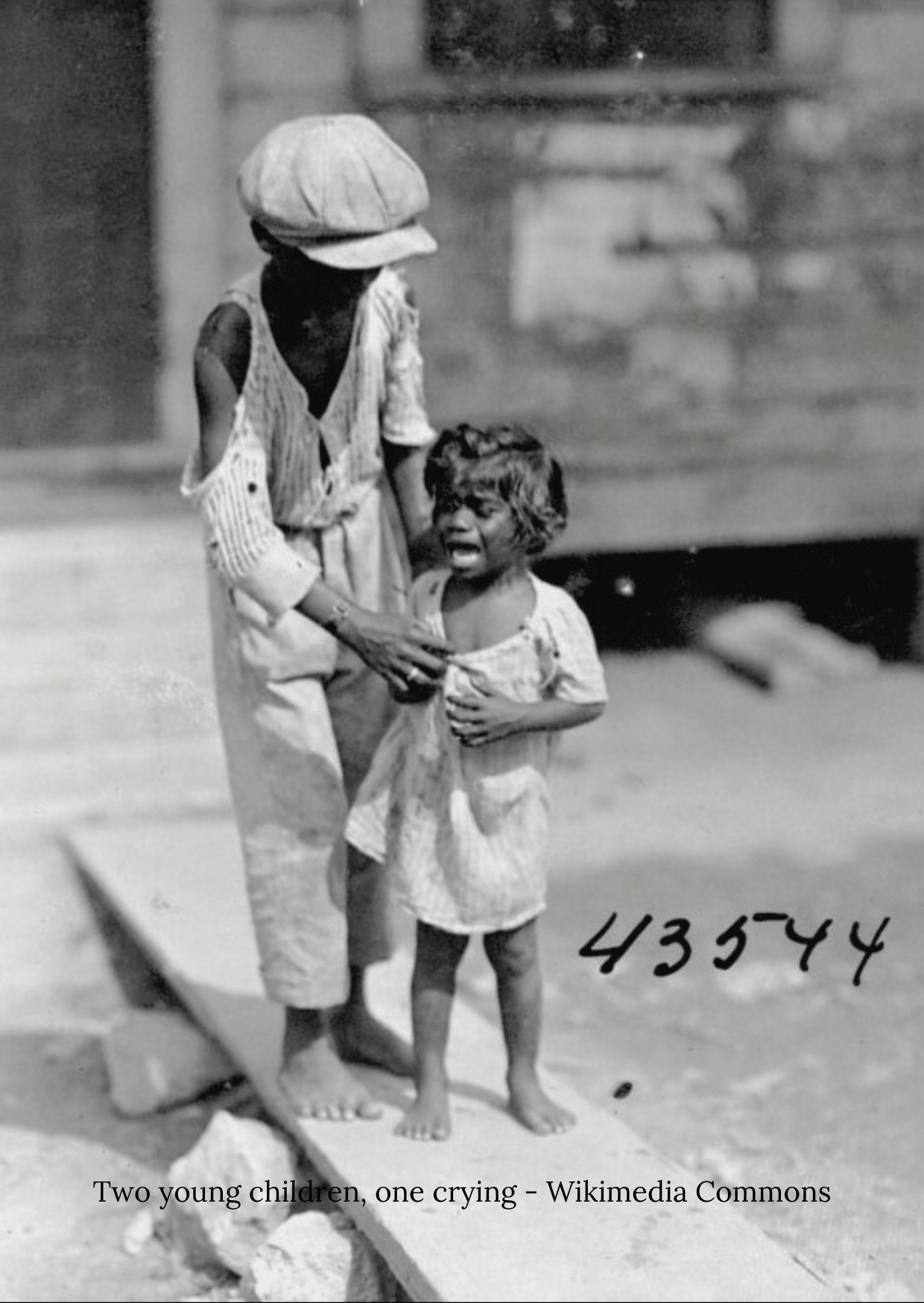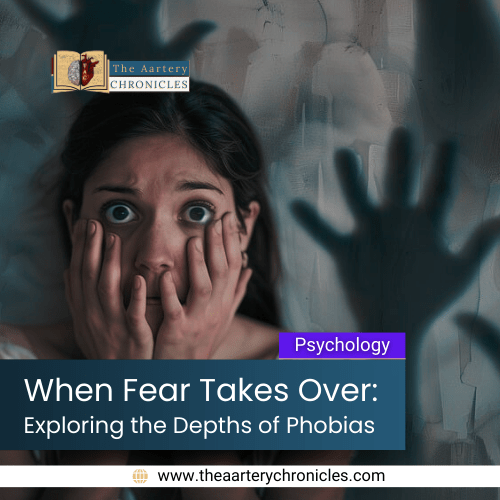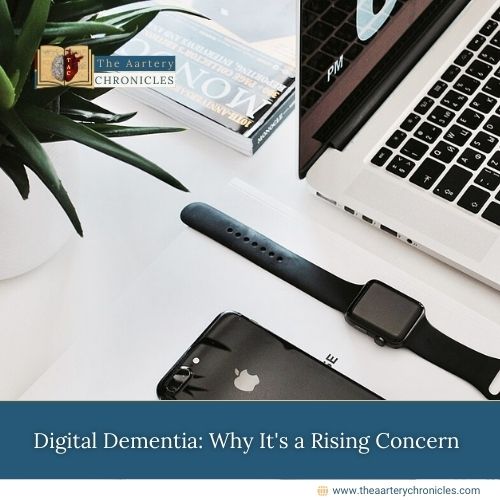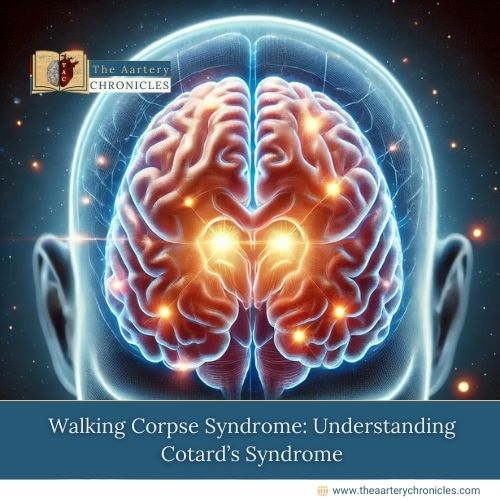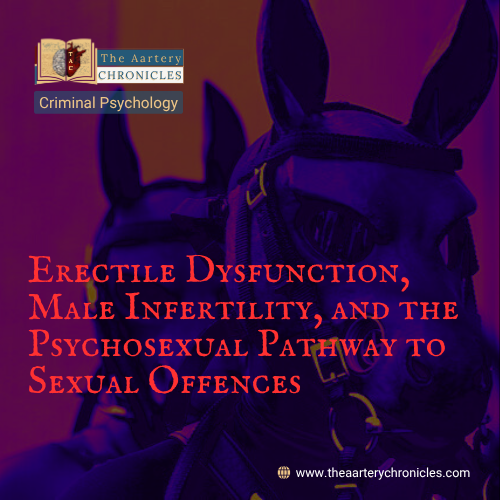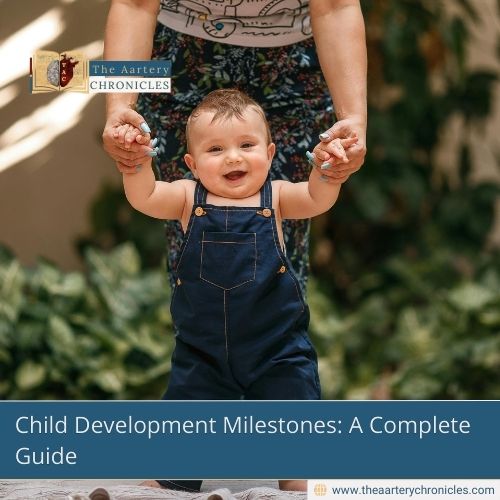A Guide to Psychological First Aid in Children - Part 1
What is Psychological First Aid?
Psychological First Aid is an evidence-informed approach designed to assist children in the aftermath of disasters, traumatic events, or crises. Its primary focus is providing immediate, practical support to reduce stress and nurture coping skills.
Introduction
The perks or rather downfall of being human is that we are affected by various unusual aspects. A single irritant can cause different people to exhibit diverse reactions. For example, in the face of loss, some people completely shut down and slip into a state of melancholia while there are a few who can keep calm and snap out of the situation with hard work and creativity. Trauma does not define us, a stimulant does not state our worth in the world, but the way we deal with these hurdles defines who we are and what we can be.
In times of crisis or trauma, children are often deeply affected, needing immediate and effective support for their psychological well-being. This article explores the concept of Psychological First Aid (PFA) for children, emphasising the importance of understanding and responding to their emotional needs.
Understanding Trauma
Trauma results from a bad experience and is accompanied by negative thoughts and feelings that are overwhelming and challenging. Trauma is often life-changing. It can be from a single or many incidents over time.
Trauma can impact how we think, feel, behave, interact with others and learn. It can impact every part of our life. The impact of trauma will be different for every person. It is influenced by the intensity and duration of the trauma and the number of times the trauma occurs; and for children, their age, previous experiences, supportive relationships, and the relationship to an offender (where relevant).
Any psychological first aid responder needs to keep in mind that a child may have one traumatic event with which you are helping, but this may be only one of many other traumas the child and their family have or are experiencing. Children may respond differently if it is a once-off trauma compared to ongoing multiple traumas and may also be affected by the trauma of parents and caregivers and vice versa.
The type of trauma may also influence the impact on children and families. For example, trauma caused by nature versus by people, trauma caused by strangers versus caregivers and parents; and traumas that are once off time-limited versus ones with no specific end, e.g., war.
The impact of stress and trauma:
Physical Health
- Sleeping problems
- Eating problems
- Poor immune systems
Behaviour
- Poor self-regulation
- Social withdrawal
- Aggression
- Poor impulse control
- Risk-taking
- Sexual acting out
- Drugs/alcohol misuse
Emotions
- Difficulty controlling emotions
- Trouble recognising emotions
- Limited coping skills
- Increased sensitivity
- Excessive worry, hopelessness, helplessness and sense of efficacy
Learning
- Impaired readiness & ability to learn
- Difficulty problem solving
- Concentration problems
Relationships
- Problems in connecting with others
- Difficulty understanding social interactions
- Difficulty in developing new relationships
Mental Health
- Depression
- Anxiety
- Negative self-esteem
- Suicidal thoughts
- Self-harming
Understanding the Brain’s Responses: The ‘safety system’ and the ‘threat system’.
Safety System
The ‘safety system’ makes a person feel calm with a generalised sense of well-being. A person’s safety system is activated when they have all their basic needs met – food, shelter and connection with others. This leads to emotional and physical safety for the person. The person is able to think clearly, be creative and also solve problems. When a child is in this safety system, they are generally calm, able to pay attention, happy and playful and more likely to be cooperative.
Threat System
The ‘threat system’ is activated by events that are distressing to us, such as various experiences of trauma. This leads to us feeling unsafe. When we feel extremely unsafe, we react with fight-flight-freeze: ‘fight’ (fight to protect ourselves), ‘flight (try to get away)’ or ‘freeze’ (as if frozen on the spot, not able to quickly think of ways to plan to get away or protect ourselves).
This experience of a threat and the resulting ‘unsafeness’ happens in our thinking, our emotions and our bodies. This causes us to panic, feel disconnected from others and get confused. We cannot think clearly or creatively or come up with plans to solve problems. When a child operates from the threat system, the whole child is affected (represented by Thoughts, Hearts, and Actions), and may react unpredictably. They may become withdrawn, anxious, overly emotional, show difficult behaviour, aggression, become clingy, or stop talking.
How do Children react to Trauma?
THOUGHTS
Over time, children may have many different thoughts about their trauma, including nightmares and flashbacks, negative thinking, and distorted thoughts (blaming themselves or fearing that the trauma will happen again). These thoughts can make them feel unsafe and reactivate their threat system. Sometimes, the thoughts may be based on misinformation or no information; for example, they may blame themselves for something outside of their control. Thoughts often have a ‘domino effect’ where one thought leads to another and may spiral into more negative thinking. Trauma can also affect how we store and process memories linked to an event.
Children might have these kinds of thoughts:
- ‘Everyone is going to die’
- ‘It’s all my fault’
- ‘The trauma happened to me because I am a bad child’
- ‘Everyone is angry with me’
- ‘I am powerless to change anything in my life’
- ’This is so confusing’
- ‘I don’t understand why I can’t play with my friends’
- ‘My body is damaged forever’
HEARTS (Feelings)
We know our thoughts directly impact our feelings. We may have a range of feelings about the trauma. Sometimes a feeling may be much stronger than other times. Some feelings may feel too BIG (difficult) to cope with. Often children are not able to express their feelings, so it becomes crucial to understand them by observing their behaviours, and most importantly by being patient. Some children may open up to you directly, while some may take a significant amount of time to express how they feel. As health practitioners or guardians, we must try to comfort them and also try to move them away from the place of trauma.
A child might be feeling:
- Angry
- Guilty
- Scared
- Sad
- Embarrassed
- Worthless
- Powerless
- Overwhelmed
- Numb
- Isolated
ACTIONS
Every traumatic memory will have sensations or experiences linked to it in our body – increased heart rate and laboured breathing, damp palms, a feeling that your throat is closing and you cannot speak any words. The body remembers all trauma. So, a sound or a smell could trigger the threat system, even when in a safe place after the trauma.
- Don’t want to be around their friends or family
- Regress (go back to behaviour they have grown out of like thumb sucking, refusing to sleep alone or wetting the bed)
- Have temper tantrums or meltdowns
- They may ‘zone out’ and not pay attention
- Have thoughts or have inappropriate sexual behaviours e.g., touching another child’s private parts
- Do risky things
- Use substances such as drugs or alcohol
- Run away from home
- Be disrespectful or even aggressive towards other children, adults or animals, including bullying or hurting others.
- Don’t take care of their hygiene (washing, brushing teeth) or their personal belongings or space.
Conclusion
In conclusion, the human experience is marked by our diverse reactions to stress, trauma, and crisis. These challenges can deeply affect children, impacting their physical health, behavior, emotions, learning, relationships, and mental well-being. Trauma activates the brain’s threat system, triggering fight-flight-freeze responses and disrupting thoughts, emotions, and actions. Children may experience a range of thoughts, feelings, and actions in response to trauma, leading to significant challenges in coping and functioning.
It’s crucial to recognize the profound impact of trauma on children and to provide immediate and effective support through Psychological First Aid (PFA). PFA offers evidence-informed strategies to assist children in the aftermath of disasters, traumatic events, or crises. By understanding trauma’s effects and responding to children’s emotional needs, we can help reduce stress, nurture coping skills, and support their psychological well-being. In Part 2, we will delve into practical approaches for providing Psychological First Aid to children, offering guidance on how to support them through trauma and crisis, fostering resilience, and promoting recovery.
- https://www.unicef.org/southafrica/media/5731/file/ZAF-psychological-first-aid-children-adolescents-families-experiencing-trauma-2021.pdf
- https://www.nctsn.org/what-is-child-trauma/trauma-types/complex-trauma/effects#:~:text=A%20child%20may%20react%20to,difficulty%20calming%20down%20when%20upset.
- https://www.samhsa.gov/child-trauma/understanding-child-trauma


